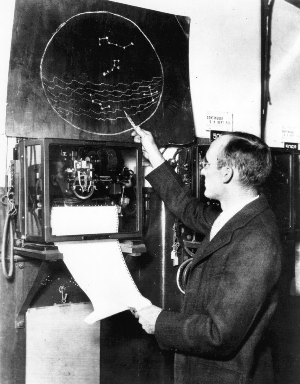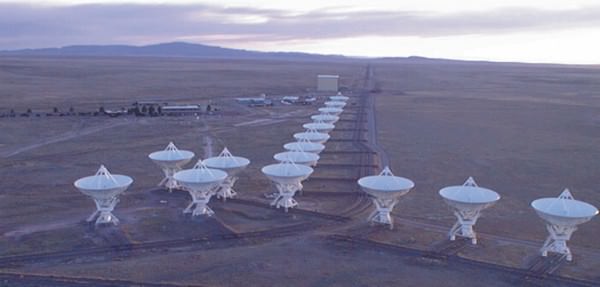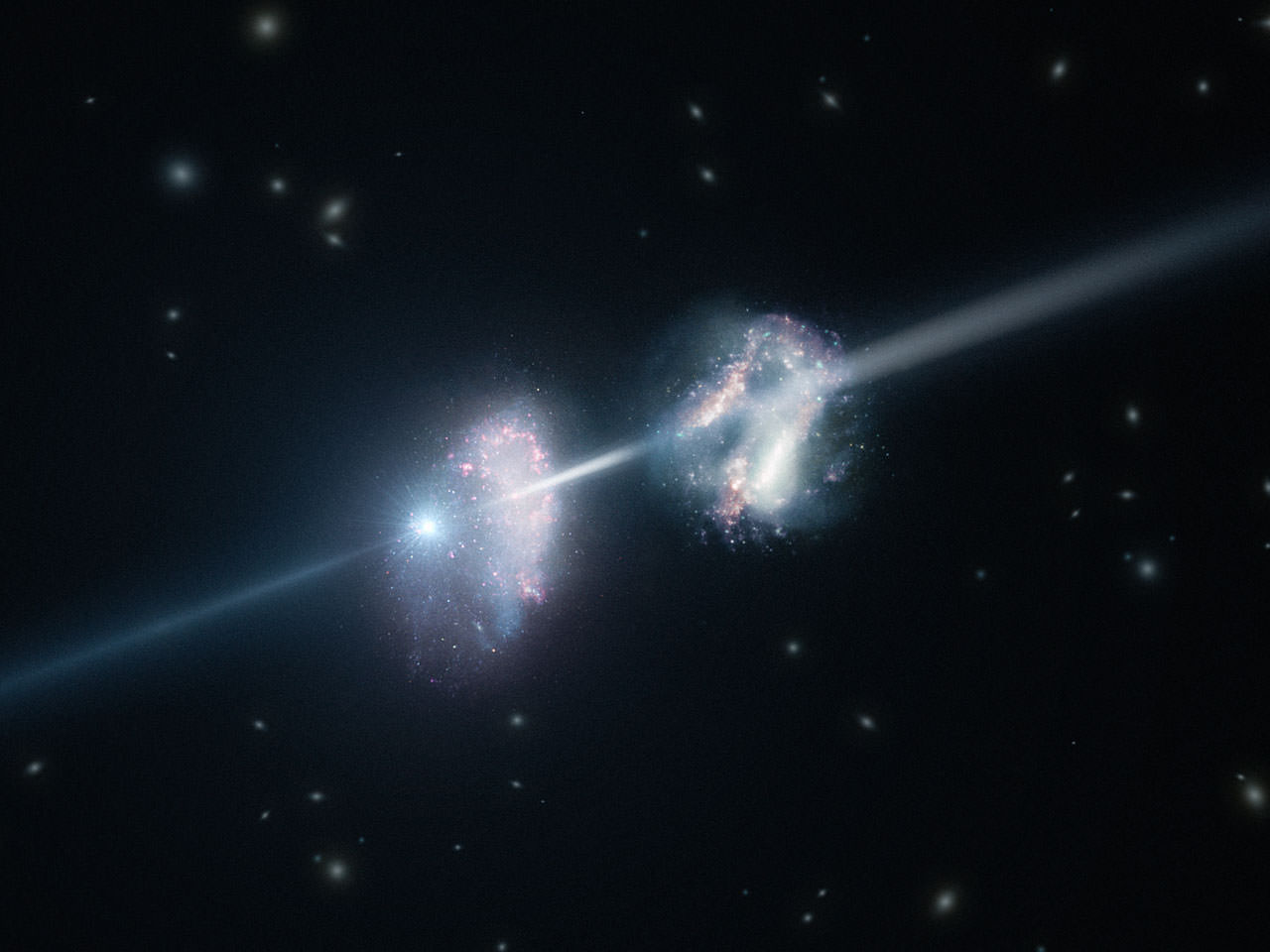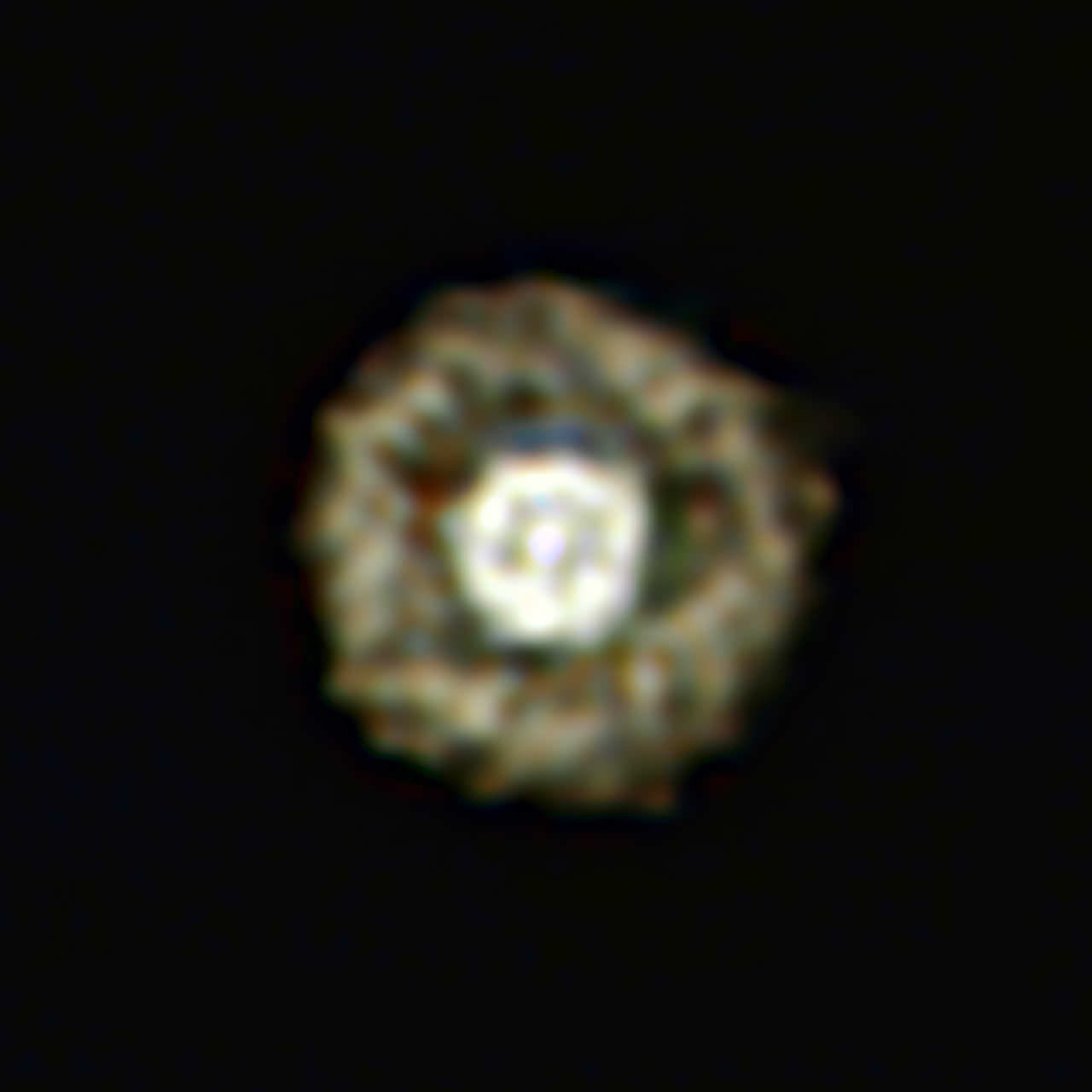[/caption]
The pop culture-rich Very Large Array has been updated with state-of-the-art technology and to befit the VLA’s new capabilities, the National Radio Astronomy Observatory (NRAO) has given it a new name. Recall, back in October 2011, the NRAO asked for the public’s help in choosing a new name, and 17,023 people from 65 different countries responded by sending 23,331 suggestions.
The new name for the world’s most famous radio telescope is the “Karl G. Jansky Very Large Array” to honor the founder of radio astronomy. Radio astronomy enables the study of the Universe via radio waves naturally emitted by objects in space.
The VLA has been part of movie plots, is on album covers, in comic books and video games. It has now been transformed from its original 1970s-vintage technology with the latest equipment, and the NRAO says that the upgrades will greatly increase the VLA’s technical capabilities and scientific impact.
The new name was announced at the American Astronomical Society’s meeting in Austin, Texas. The new name will become official at a re-dedication ceremony at the VLA site in New Mexico on March 31, 2012.

Karl Guthe Jansky (1905-1950) joined Bell Telephone Laboratories in 1928, and was assigned the task of studying radio waves that interfered with the recently-opened transatlantic radiotelephone service.
He designed and built advanced, specialized equipment, and made observations over the entire year of 1932 that allowed him to identify thunderstorms as major sources of radio interference, along with a much weaker, unidentified radio source. Careful study of this “strange hiss-type static” led to the conclusion that the radio waves originated from beyond our Solar System, and indeed came from the center of our Milky Way Galaxy.
His discovery was reported on the front page of the New York Times on May 5, 1933, and published in professional journals. Janksy thus opened an entirely new “window” on the Universe. Astronomers previously had been confined to observing those wavelengths of light that our eyes can see.
NRAO officials say the new name recognizes the VLA’s dramatic new capabilities and its promise for important scientific discoveries in the future.
“When Karl Jansky discovered radio waves coming from the center of the Milky Way Galaxy in 1932, he blazed a scientific trail that fundamentally changed our perception of the Universe. Now, the upgraded VLA will continue that tradition by equipping scientists to address outstanding questions confronting 21st-Century astronomy,” said NRAO Director Fred K.Y. Lo.
“It is particularly appropriate that the upgraded Very Large Array honor the memory and accomplishments of Karl Jansky,” Lo explained, adding that “the new Jansky VLA is by far the most sensitive such radio telescope in the world, as was the receiver and antenna combination that Jansky himself painstakingly developed 80 years ago.”
Lo said they deeply appreciate all the suggestions for a new name, as well as the strong public interest in the VLA and in astronomy. “There was a tremendous amount of thought and creativity that went into the numerous submissions,” he said. “In the end, we decided it was most appropriate to name the telescope after a genuine pioneer who took the first step on the road that led to this powerful scientific facility,” he said.
The Jansky VLA is more than ten times more sensitive to faint radio emission than the original VLA, and covers more than three times more radio frequency range. It will provide astronomers the capability to address key outstanding scientific questions, ranging from the formation of stars and planets in the Milky Way and nearby galaxies, to mapping magnetic fields in galaxies and clusters, and imaging the gas that forms the earliest galaxies.





